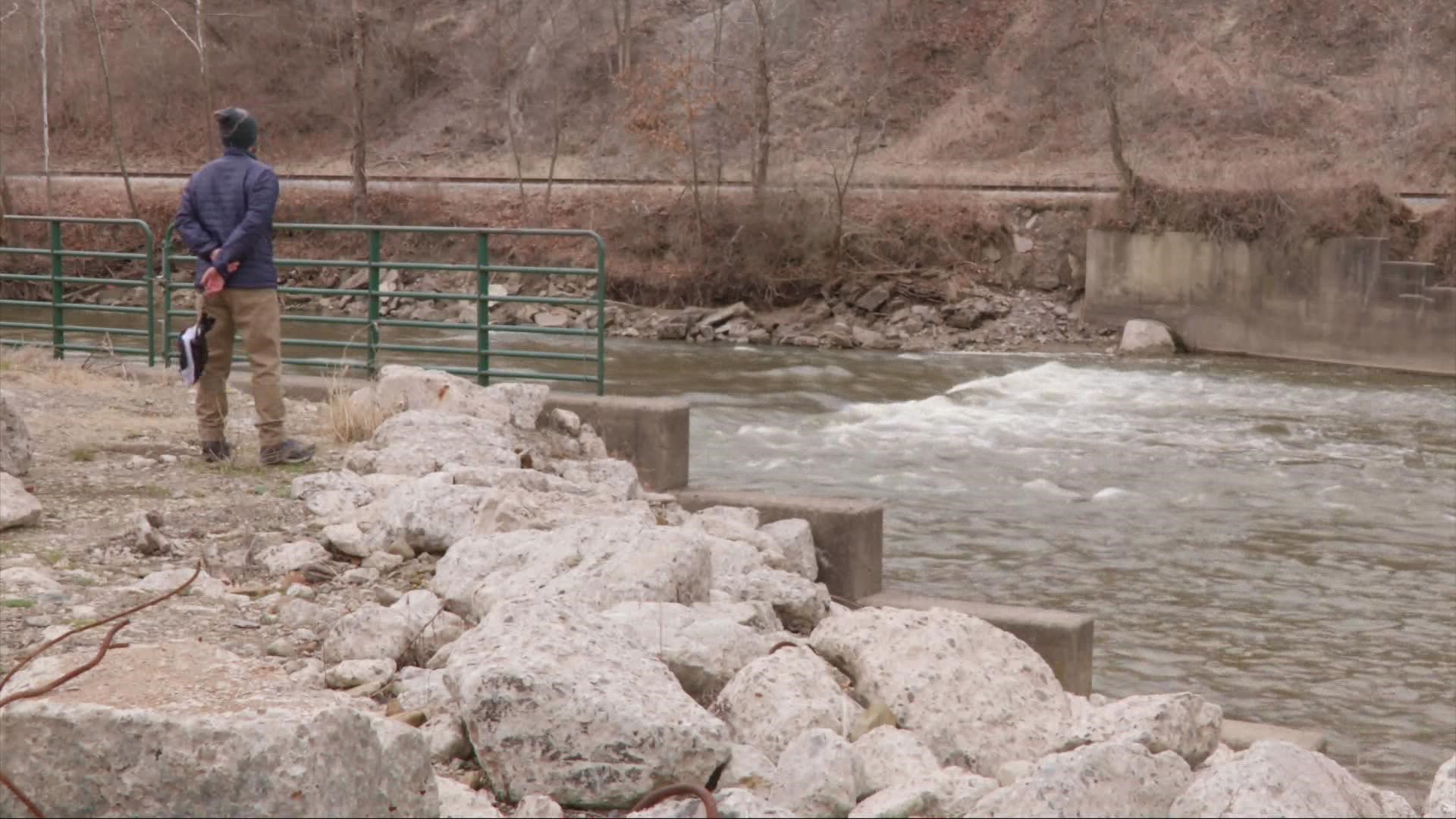CLEVELAND — The Cuyahoga River is the pride of Northeast Ohio. With restaurants, recreation and commercial shipping, the flow of the river keeps the economy flowing as well.
In this week’s Mission Possible, 3News’ Payton Domschke shares how plans are in place to complete the Cuyahoga’s comeback in just a few more years.
"It's not just the life of my business, it's the life of the city. The river is what makes Cleveland great."
As owner of Great Lakes Watersports, Joshua Allen depends on a healthy Cuyahoga to entice customers.
"I kind of call us the retail port of Cleveland,” Allen said “We had probably close to 10,000 people come through here to get on the water last year. There will probably be more this year. So, we got to keep the water clean and the river clean."
The river has a history, and stirred the nation into action. In the 80s, the U.S. and Canada designated 43 areas of concern -- or AOCs -- throughout the Great Lakes region. These areas were deemed "impaired" in wildlife habitat, water quality and public health. So efforts got underway to clean up these waterways.
RELATED: How The Foundry in Cleveland teaches kids the connection between protecting the planet and rowing
The Cuyahoga River is an AOC with a unique, additional impairment: Public access.
"I think that was brilliant,” says Jennifer Grieser, chair of the Cuyahoga River AOC Advisory Committee. “Because they said after all of this cleanup work if people can't get to the river, what is the point?”
The Cuyahoga River Area of Concern Advisory Committee keeps tabs on the river, helping to correct impairments. Once done, the river can be removed from the AOC's list.
But work has been slow.
"The short story is for many, many years -- because of a lack of funding -- these AOC were not being cleaned up,” says Chris Korleski, director of the Great Lakes National Program Office.
Bring in the Great Lakes Restoration Initiative. Created in 2010, it is the largest investment in protecting and cleaning up these waters. It also recently got a huge financial boost.
"This billion dollars is going to be like rocket fuel to help us accelerate the cleaning up of the remaining areas of concern,” Korleski said.
One project in the works -- the removal of Gorge Dam in Cuyahoga Falls -- a lynchpin in creating a free-flowing river.
"It will really free up the river,” Grieser says. “But it is going to be tough I think is it is currently estimated at over $150 million."
Just one project - on a list of many.
"It is not something we at US EPA can do by ourselves, it's not something a state can do by itself or a local community can do by itself,” Korleski says. “It's too hard, it's too expensive.”
Is it worth it?
A 2018 study found every restoration dollar spent produces more than $3 of economic benefit.
"You don't need to go out west to see good water,” Grieser said. “You can stay here right in Northeast Ohio and enjoy the environment.”

